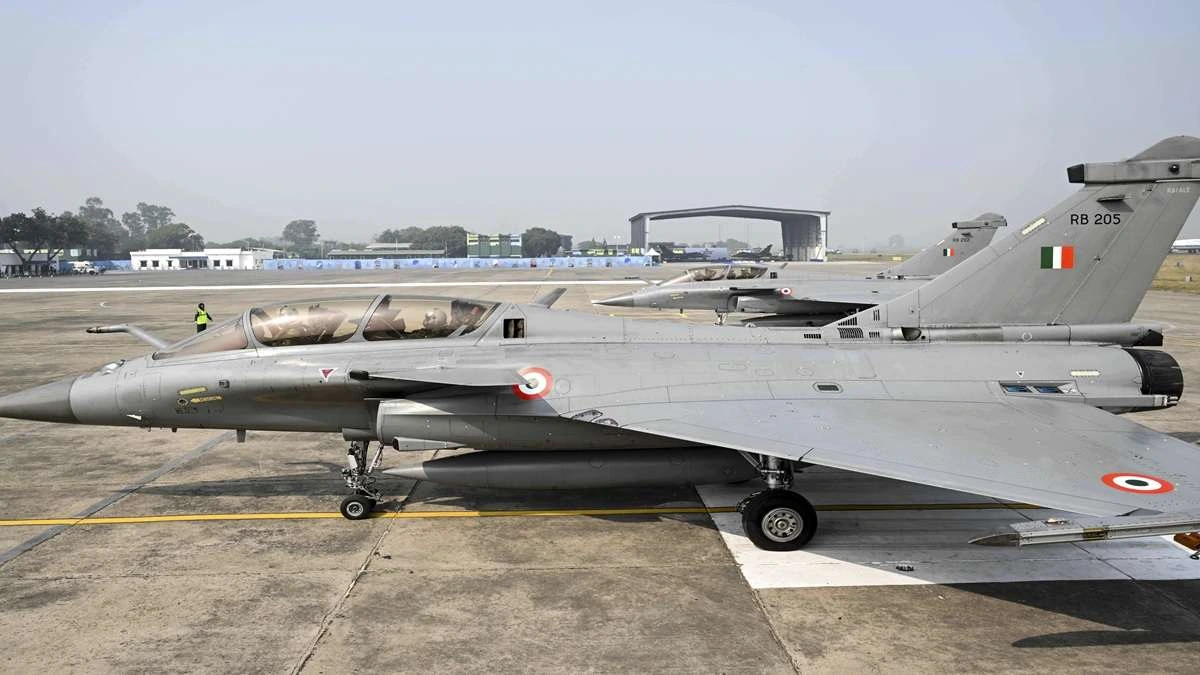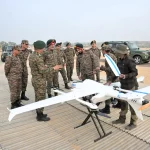In a major boost to its air dominance and long-range strike capabilities, India is set to acquire a new batch of Meteor beyond-visual-range (BVR) air-to-air missiles for the Indian Air Force’s (IAF) frontline Rafale fighter jets.
The acquisition proposal, valued at around ₹1,500 crore, is in the advanced stages of approval within the Defence Ministry and is expected to be cleared in a forthcoming high-level meeting, defence sources said.
Manufactured by European defence firm MBDA, the Meteor missile is regarded as one of the most advanced BVR weapons in the world, capable of engaging aerial targets at ranges exceeding 200 kilometres. It provides a critical edge in air combat scenarios by combining long-range engagement capability with high precision and no-escape zone superiority.
Exclusive Compatibility with Rafale Fleet
The Rafale multirole combat aircraft is currently the only platform in the IAF capable of deploying Meteor missiles. India initially procured the weapon system along with the first batch of 36 Rafale fighters acquired from France in 2016. The Meteor will also be integrated into the upcoming fleet of 26 Rafale Marine jets, which are set to join the Indian Navy in the coming years.
Operational Significance and Regional Context
The Meteor’s induction is part of India’s strategic response to evolving regional aerial threats. The missile proved its operational relevance during Operation Sindoor in May 2025, when IAF Rafales carried out precision strikes on terrorist and military targets across the border. Pakistan’s retaliatory attempts, which involved the use of Chinese-origin PL-15 missiles, were reportedly unsuccessful.
According to defence sources, Pakistan has procured large quantities of PL-15 BVR missiles from China, prompting India to strengthen its own air-to-air arsenal to maintain aerial superiority.
Indigenous BVR Missile Programme
In parallel with the Meteor acquisition, India is advancing a major indigenous programme to equip its entire fighter fleet with strong BVR capabilities. The Defence Research and Development Organisation (DRDO) is developing approximately 700 Astra Mk-II missiles, each capable of striking targets over 200 kilometres away. These will be deployed on Su-30MKI and LCA Tejas aircraft.
The Rafale fleet, meanwhile, will continue to rely on the Meteor missile for its BVR combat edge and may later be equipped with indigenous anti-radiation missiles currently under development.
Strategic Impact
The Meteor procurement reaffirms India’s commitment to maintaining air superiority across multiple theatres of operation. By combining imported high-end systems like the Meteor with indigenous projects such as Astra Mk-II, the IAF is moving toward a balanced, future-ready aerial combat capability that blends technological sophistication with strategic self-reliance.













